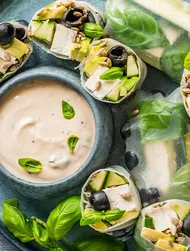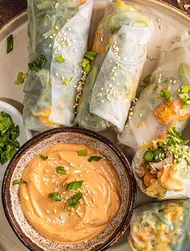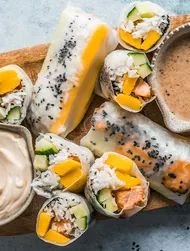Japanese Recipes
Japanese cuisine is renowned for its variety of flavours and freshness, often highlighting seasonal ingredients. Besides a balanced diet, it values aesthetics, taste and a variety of textures, giving it a reputation as a demanding cuisine. But it's not as hard as it seems! We'll show you how to cook authentic Japanese dishes with ease.

Authentic Japanese dishes
Sushi, ramen and chicken teriyaki are iconic Japanese dishes enjoyed globally. The same goes for bento boxes, which are now hugely popular everywhere. Why not try some of our authentic Japanese dishes?
Bento box recipes
Bento roughly translates as "food to go". A typical box has three compartments, usually filled with a staple like rice, noodles or a sandwich, along with sides such as meat, fish, eggs and vegetables. But you can, of course, include anything you like. Whether it's for your weekday lunch or a weekend picnic, we've got plenty of ideas for you!
Vegetarian & vegan Japanese recipes
Mindful eating is central to Japanese food culture, which is why we feature delicious vegetarian and vegan dishes like our veggie gunkan maki sushi with avocado and apple, or our tofu stir-fry with mixed vegetables. Try them out—we bet you won't miss a thing!
What is typical Japanese food?
Basically everything! Meat, fish, algae, vegetables, eggs, mushrooms—the list of ingredients is long. And most are staples in kitchens worldwide. The key difference is preparation. Japanese cuisine prioritises quality, seasonality and regionality. The harmony of colours and textures is also essential, which is reflected in kitchen tools, where they even have a special pan for omelettes.
Perhaps the biggest contrast to our familiar foods is the use of fermented soy ingredients such as natto, soy sauce or miso. Sauces, vegetable stocks and seasoning pastes are generally crucial, while other seasonings are used sparingly.
Is Japanese food healthy?
Japan is partly within the so-called "blue zone", which stretches around the globe. People here live exceptionally long and healthy lives. This may be because of their diet, which is rich in fresh fish, seaweed and plant-based foods.
With the exception of fermentation, foods are processed as little as possible to better preserve nutrients. Instead of salt, dishes are seasoned with soy sauce or aromatic dashi, enhancing the intense umami taste. Fats are used sparingly. Fresh and varied—that's how the Japanese love their food. You too? Then get cooking, and have fun!




















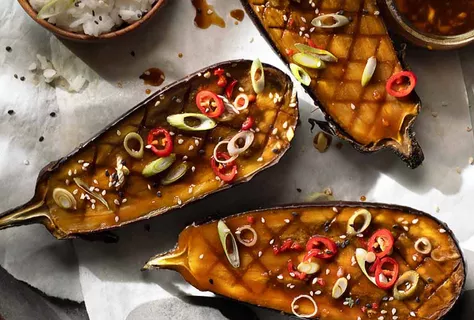
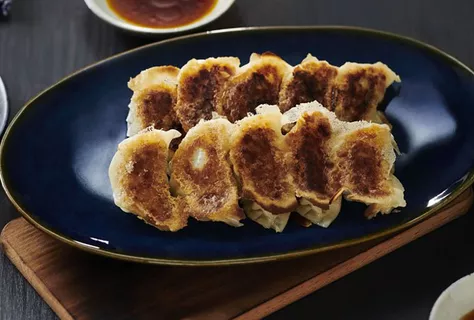
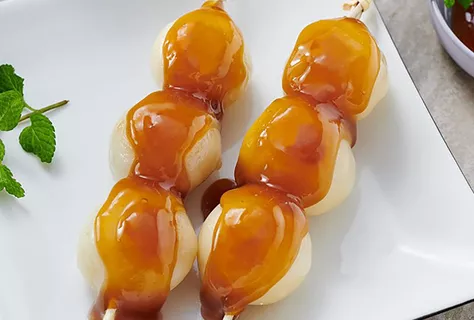
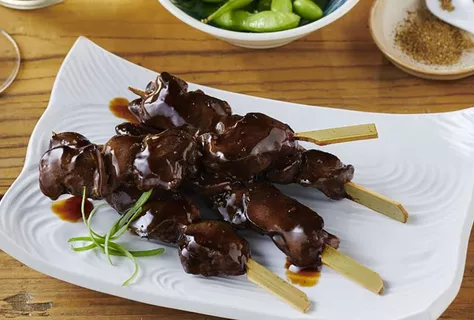
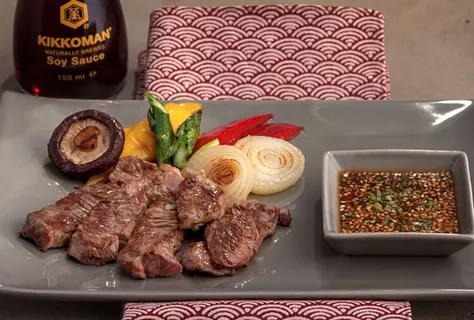
![[Translate to Englisch (EU):] [Translate to Englisch (EU):]](https://www.kikkoman.eu/fileadmin/_processed_/2/8/csm_1564_Set4_recipe5_Soy-glazed_baked_chicken_with_vegetables_Desktop_Header_6f552cd773.webp)






































